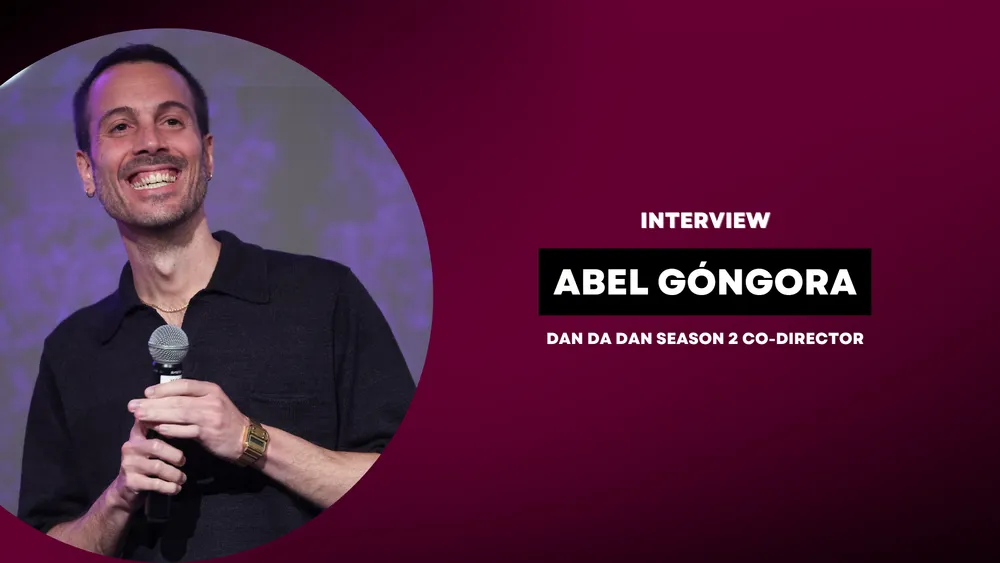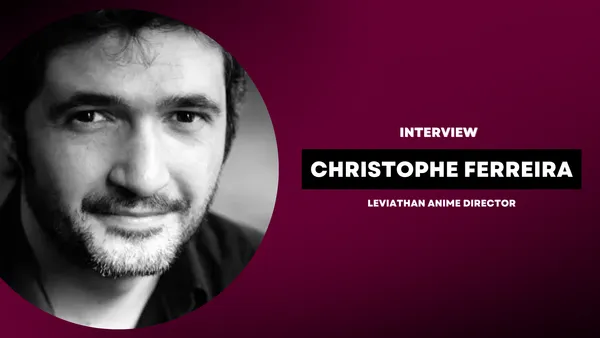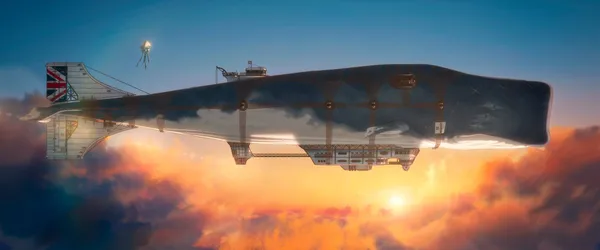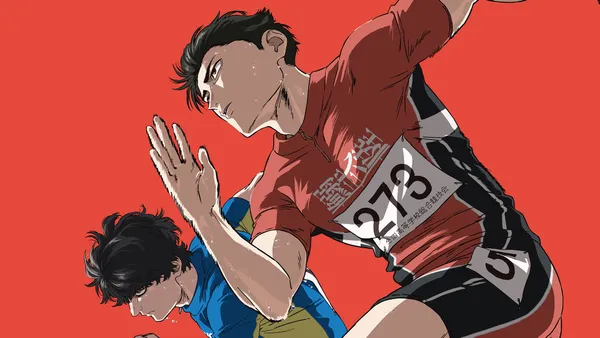Interview: Abel Góngora, Dan Da Dan Season 2 Co-Director
DAN DA DAN Season 2 is just around the corner, with fans all over the world getting a chance to enjoy the special theatrical screening of the first episodes. Ahead of the theatrical screening's premiere, we had an opportunity to interview one of the directors of the DAN DA DAN anime's sequel, Abel Góngora, who is joining season 1 director Fuga Yamashiro in the sequel series and also overseeing the "Evil Eye" arc's adaptation.
Góngora, who currently works at studio Science SARU, is known as the director of "T0-B1" (Episode 6) of the Star Wars: Visions anthology and Scott Pilgrim Takes Off anime. DAN DA DAN fans are familiar with his work through the first season's opening sequence, which featured Creepy Nuts' "Otonoke." We had a chance to discuss some of the behind-the-scenes details of the upcoming season, as well as creative choices, the effects music has on DAN DA DAN's animation, and more.
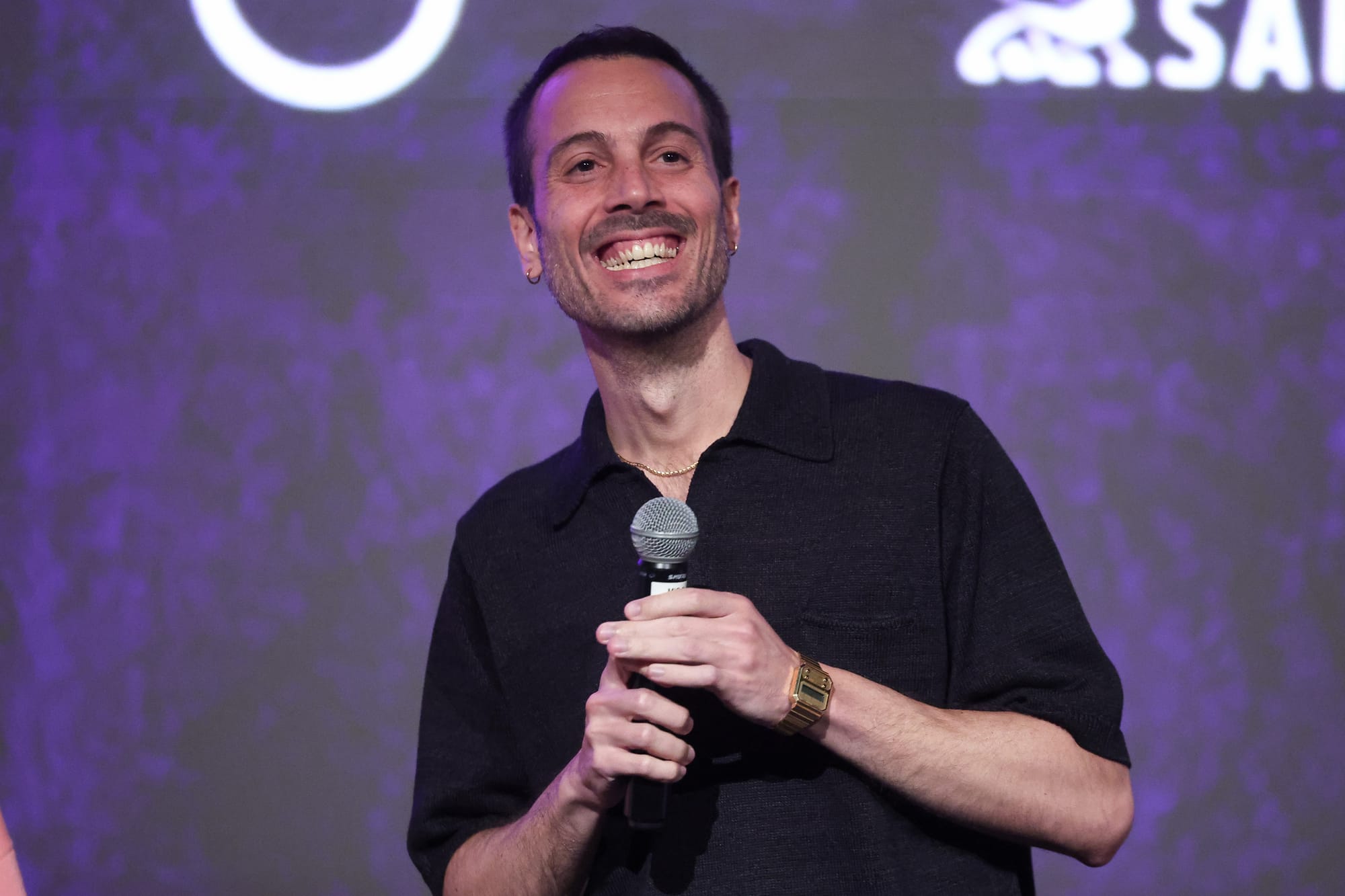
Q: How are you and your co-director of the DAN DA DAN Season 2, Fuga Yamashiro, splitting directing duties?
It's complicated because we have the concept that [we're] doing; half of the season and then the other half; we share the episodes; but then—because the characters sometimes appear in [more] episodes and we need to make everything logical—we check many things together. Color, some concepts, and many settings. If it's something that only appears in one episode, only one director checks, but sometimes we both need to check.
And also, about the storyboard, we both usually add something in some of the episodes, but some episodes we might not add anything because every episode has its own director who [works] under us. So, sometimes we respect everything that the episode director wants to do, but sometimes we need to add some part of the story or something. Every episode is kind of unique. It has a different approach.
Q: How did you decide who would work on which episode?
I think that was made by production, they made it so we can have [more] time. So, for example, I'm doing the first four episodes, then he does his episode, and then I go back. So, he can have some time in the middle to finish the episode while the other person is doing their own [work].
(Note: Referring to the production department, such as the animation producer or production desk.)
Q: So, the Evil Eye episodes are basically all directed/overseen by you?
The first four, yeah.
Q: You did the opening for the DAN DA DAN's first season, which was quite well received. Did you expect such good feedback from the audience, from fans all over the world?
Not really, no. I didn't know how it's gonna be received. I just don't. I do my openings or episodes, and then I don't want to watch it again until like some time passes, because I am normally very tired, or not sure if it's good or bad, and then I leave it. When it went out, I started to hear that people liked it. I was very happy.
Q: Did you have a similar approach with Season 2?
I watched it because we had the studio, the crew, screening a few days ago, but I haven't watched them for months because it was a long, long, long, long time ago. I try not to watch them unless it's for work. Sometimes I have to watch.
Q: The Evil Eye screening comes with an interview with you and co-director Yamashiro in which you mention watching various movies to prepare for this arc. I'm quite curious about the inspiration for the onsen town, is there something specific you drew inspiration from?
I started watching horror movies that I usually didn't watch. I don't like them that much, but I [couldn't] go into it now that I watched some. I wouldn't say there is one that is a reference or anything, I just started to watch a lot of horror movies. I think [what] I needed to know [was] how they do the mystery or dark scenes. That was interesting to learn.
When I started working on DAN DA DAN, the director from Season 1 gave me some references too, kind of like vintage or Japanese movies that that we wanted to [use for] the ambience in the onsen town that we see at the end of Season 1 and at the beginning of Season 2. And that is connected with the Kito family; that is, this old woman [and old] land kind of story, and he recommended me one movie that is the Inugami Family. And there is some influence, it's not a very specific reference, but it's just like a general influence in the music, in the colors of the city, in maybe the clothes that they are wearing.
Q: When you first started working on this anime, did you know that you would be directing the sequel?
No, not at all. After I finished the opening, I did a little bit of assistance to the Director and some animation sometimes. So, when we started the production of the second season, I was going to be the episode director [for] the second episode, I think; and I guess that's why, as I directed the arc, because I wanted to do [those episodes] as episode director, but then they decided that they needed to add somebody, and then they proposed me.
Q: Were you familiar with the manga before you started, before you started working on the anime? Even the first season?
No, not at all. But I read it maybe a little bit before I worked on it because I knew that we were doing the animation. I started reading it [and] I got interested. It's quite easy to read. I like to know what the studio is doing even when I'm not working on that project in general. So, I was kind of happy to work on it because I thought the manga was pretty cool.
Q: Compared to the first season, what are some of the major differences that we can expect to see in the second season?
It's becoming much more ambitious, the action is more ambitious, and maybe the general ambience is darker. We have a little bit less comedy, and the subject is [more] dramatic arcs too, but I think Jiji's past is quite strong, quite dark because it's about the parents [who] wanted to kill themselves, and that's quite dramatic and strong. So, I'd say, yeah, it's a little bit more heavy.
Q: In the second season, at least from what we saw in the DAN DA DAN: Evil Eye screening and also the end of the first season, we're going to have a bit more of a love triangle going on between Jiji, Okarun, and Momo. How do you approach and capture this youthful romance that they share?
Yeah, we also have Aira in the middle. I think we use those scenes for the comedy relief. So, we try to push more to make it funny and cute, and it's very good because otherwise it's a lot of fights, and those situations are nice for the team [when it comes to] animation. We also have more funny music, more cute things.
We just follow a similar story [as the] the manga. It's the same story we use; we push a little bit [of] the comedy so that the second season [doesn't] look too dark compared to the first season.
Q: You mentioned using music to convey emotion. How big is the effect that Ushio Kensuke's music has on how the final version of the anime looks?
Well, he has very precise personality; you can almost recognize it's him doing the music. If you know his career, he has a lot of freedom too, but he can do all kinds of music. He's really amazing. I say in Season 2 we have [music] becoming more techno, more electronic, strong music, more upbeat and I think it's really like pushy or some music style you recognize very well, and I think it's very cool with Jiji's action scenes.
Q: You also mentioned that in the interview included with the Evil Eye screening that it was your idea to include purple as the Evil Eye theme color. Where did you come up with the idea of purple?
We were checking the cover of the manga where we see Evil Eye for the first time and he's almost black, but [with] a little bit of purple, and then the rest of the body is white. Yamashiro-san was thinking the color of [these] scenes would be purple and white, but I wanted to make it very dark because they go to the underground and it's kind of scary place and a scary story. I thought [that] white was impossible to use, so it became this dark purple.
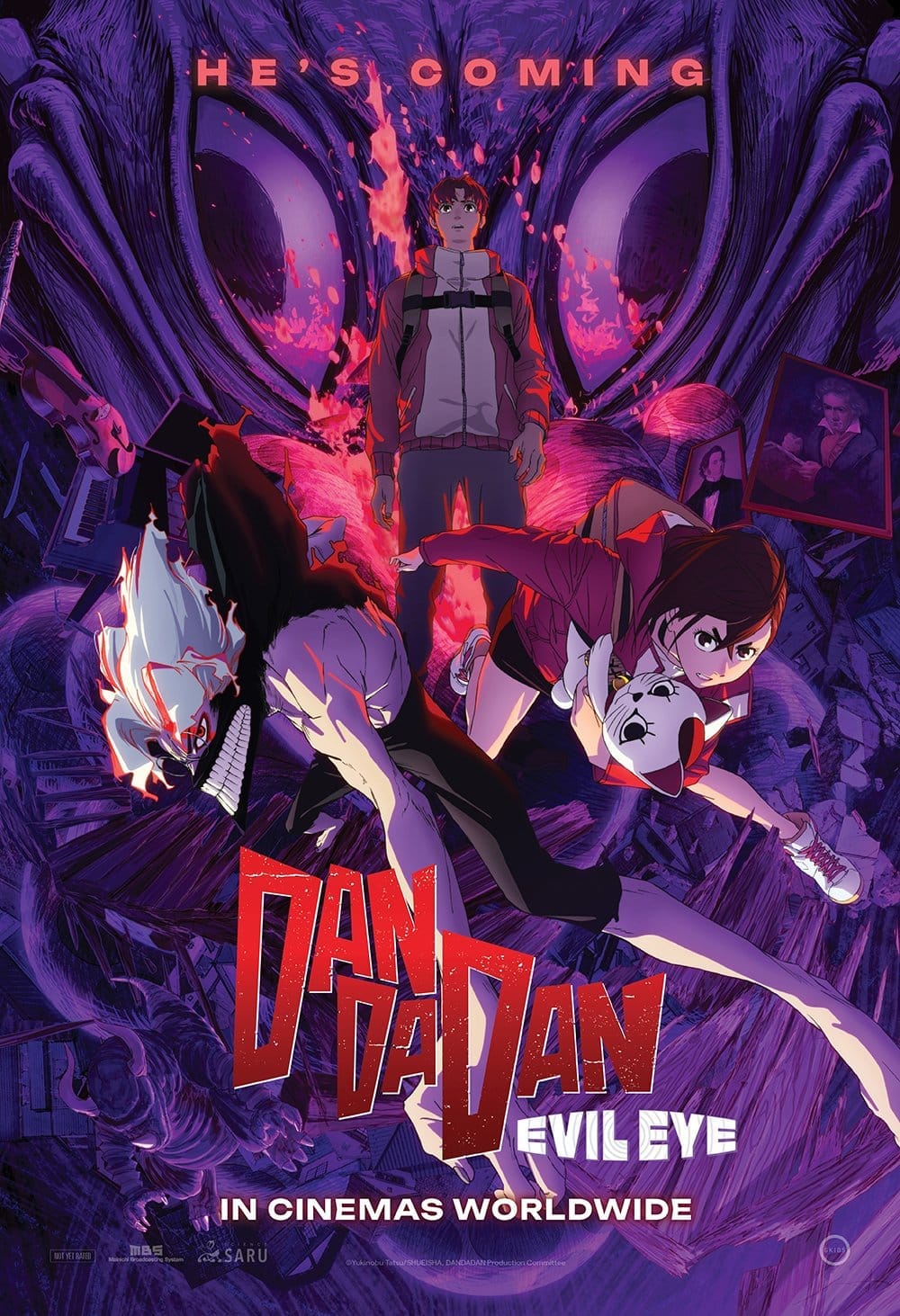
And also, the thing is we are using colors with every monster [and] every enemy, but we are running out of colors, so we need to find exactly how to do [that]. For example, Momo uses the psychic hands that are blue-green. We have to push the colors in [and] find the balance when we [make] these choices. I thought that kind of purple looked good.
When we show the Evil Eye "kid," he [looks like child with albinism]. We tried to show more bright [color with] the white. It's a combination of white, black, and purple.

Q: If you had to choose a favorite character in the DAN DA DAN series so far, who would it be?
Yeah, I think it's Jiji, because he's kind of a protagonist of this arc. [His] backstory shows his wounds and how he has a lot of empathy. That was unexpected because he is supposed to be this clumsy, funny, lady guy [who] is doing stupid things all the time and being kind of cute; but then, you also see he has this trauma, and he's deeper than he seems. I thought that was really interesting [and] at least in this season my favorite character will be [Jiji].
Q: And I'm not sure if we're running out of time, but before we wrap things up, I have to ask: if you had to choose, would you be on team aliens or on team ghosts?
I really like the aliens because I'm a fan of alien movies.
We'd like to thank Abel for taking the time to chat with us and discuss the upcoming DAN DA DAN Season 2 ahead of the July 3 premiere date, as well as GKIDS and 42West for making this interview happen. While we wait for new episodes, you can keep up with Abel Góngora's work on X/Twitter and Instagram.
DAN DA DAN: Evil Eye began theatrical screening all over the world earlier this month and is premiering in North America on June 6.
